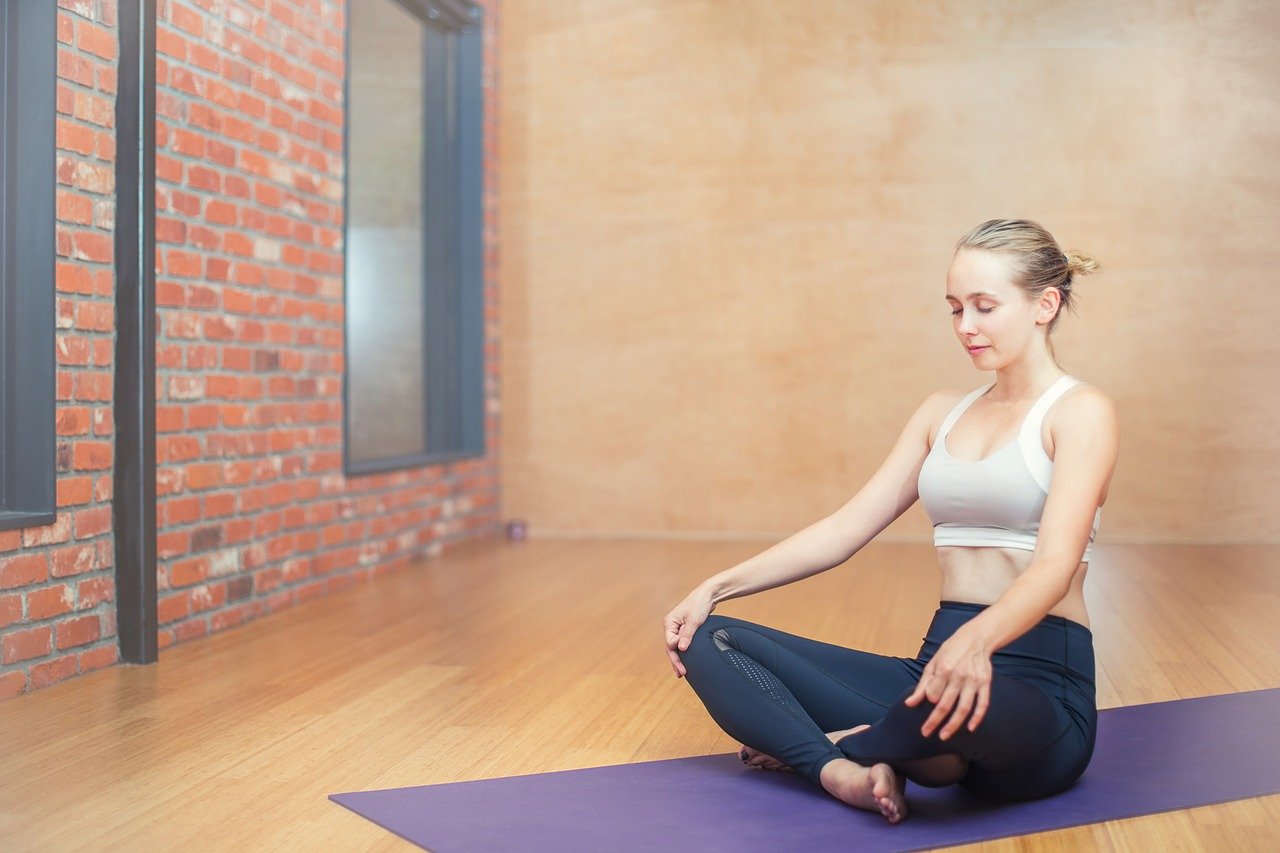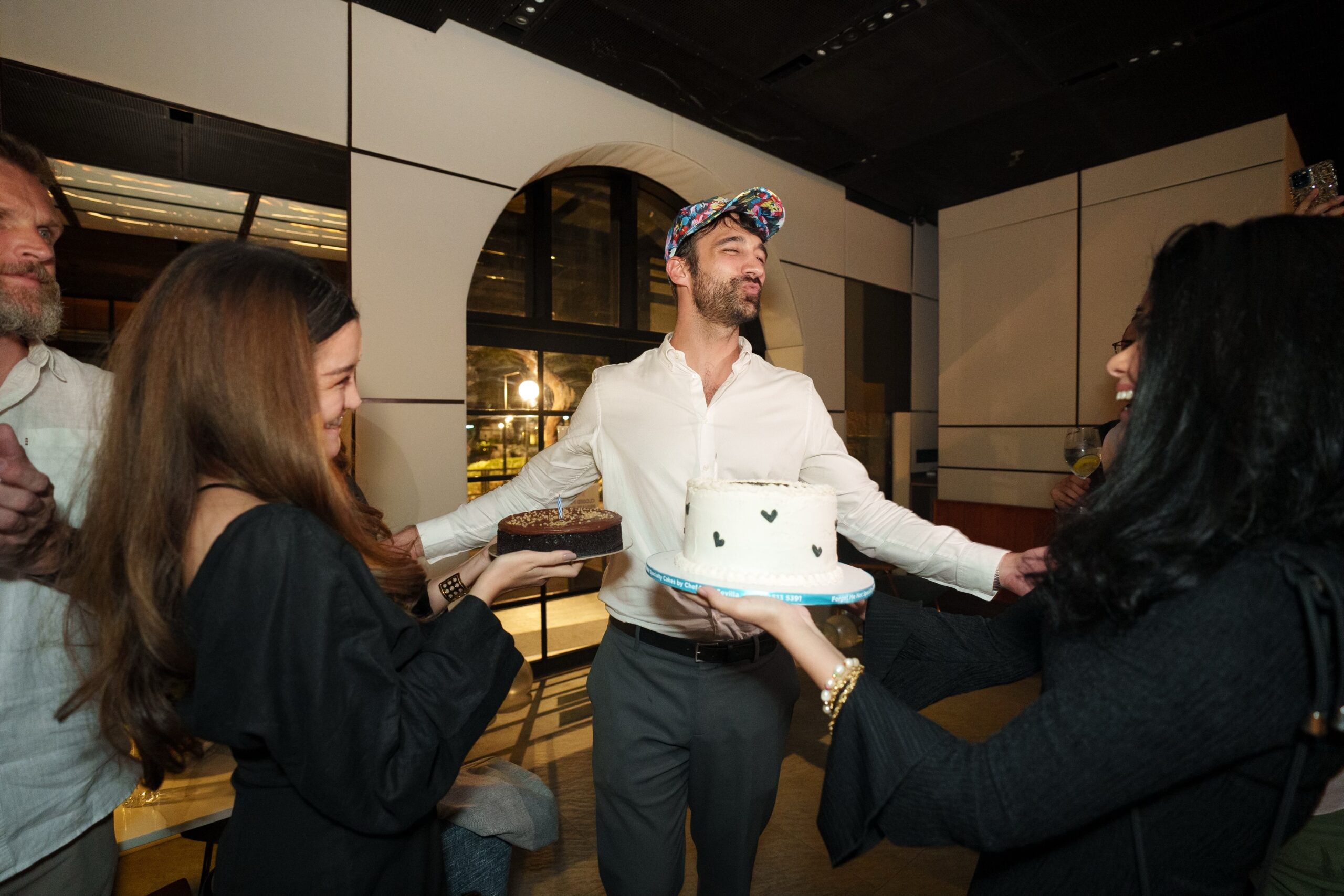The enhanced community quarantine (ECQ) has given a large number of people so much time to do nothing. And it is driving some of them crazy! No one was prepared for this. Perhaps only the inhabitants of state penitentiaries are used to it. For those outside jail cells, it is like being imprisoned.
So, what can we do, given so much time on our hands? There was no dearth of suggestions. Somebody started gardening in her backyard, another learned to sing or play the guitar, still another started doing regular exercise, and so on.
One simple activity I can think of which can have tremendous immediate and long-term benefits is meditation. It is a very simple process, but many find it difficult to do on a regular, sustained basis.
But what is meditation? There are many definitions of this word. One definition I found is the following: “Meditation is a practice where an individual uses a technique, such as mindfulness or focusing the mind on a particular object, thought or activity, to train attention and awareness and achieve a mentally clear and emotionally calm and stable state.” That sounds like a good and clear definition.
Meditation, to me, is simply focusing the mind inside rather than outside of us, to become quiet, passive and relaxed.
There are many types of meditation, but the simplest and least complicated is, for me, the best.
Mantra
The first time I tried to meditate in the early 1970s, it took me almost two months to achieve tangible results. I had no teacher or guru to guide me. I relied mainly on books. When the thousands of disciples of the Mahareshi Mahesh Yogi came to the Philippines, I learned how to meditate using a mantra given by a certified transcendental meditation instructor. In time I forgot my mantra and was not particularly religious or consistent in practicing it. Bad move on my part because in time, I lost the benefits that come from meditating regularly. In my seminars, however, I discuss two types of meditation (but of course there are many other ways of classifying it). First, there is passive meditation, which is simply keeping your mind focused on one single idea, object or sound, and active or dynamic meditation, where you do something mentally while in a meditative state, such as healing, goal setting or visualizing.
According to Harvard cardiologist Herbert Benson, in his excellent and practical book “Relaxation Response,” there are four essential elements to reaching the meditative state. These are: a mental device (such as a mantra or an object to focus attention on); a passive attitude (or a letting go); a quiet environment; and a comfortable position (either sitting or lying down).
A 15-20 minute meditation period twice a day is sufficient to achieve optimum practical results. I am not an advocate of prolonged meditation of an hour or more, unless you want to become a monk or lama in Tibet.
Regular meditation has been medically and scientifically proven to have a number of health benefits such as relief from stress, lowering of blood pressure, greater mental clarity, relief from bodily aches and pains, enhancement of extrasensory perception and intuitive abilities, and many more. In more advanced practices, meditation can bring about samadhi, cosmic consciousness, or enlightenment.
Meditation is the sine qua non of spiritual growth and transformation. INQ









































